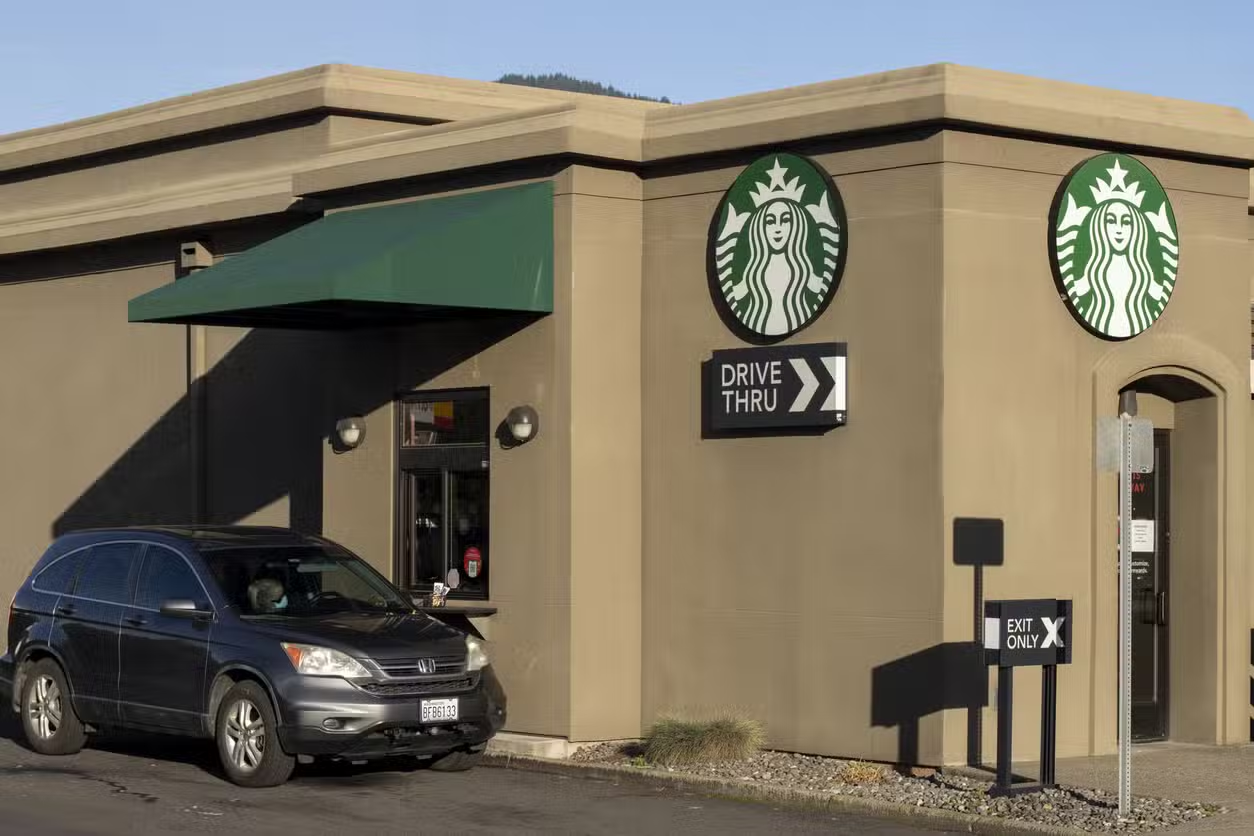The average car accident settlement typically falls between $15,000 and $45,000, though amounts can vary significantly depending on the severity of the injuries, property damage, and insurance coverage involved. Cases involving serious injuries, multiple vehicles, or disputed liability often exceed six figures. Understanding the factors that influence settlement amounts can help you better prepare for negotiations or a potential lawsuit.

Injury Severity Drives Settlement Size
The more serious your injuries, the more compensation you're likely to receive. Medical bills, recovery time, and long-term health impact are all considered when valuing a claim.
Here’s a rough breakdown by injury type:
- Minor soft tissue injuries: $5,000 – $15,000
- Whiplash or sprains with physical therapy: $15,000 – $25,000
- Fractures and more serious orthopedic injuries: $25,000 – $75,000
- Surgical cases (e.g., herniated disc surgery): $75,000 – $150,000
- Traumatic brain or spinal cord injuries: $250,000 – $1,000,000+
If the accident leads to permanent disability or requires long-term care, settlement amounts may increase dramatically—especially when future medical costs and lost earning capacity are included.

What Else Affects Your Settlement?
In addition to injury severity, several key factors shape the value of your case:
- Medical expenses – Both current and future treatment costs
- Lost income – Wages missed due to time off work and diminished earning potential
- Property damage – Repairs or replacement for your vehicle
- Pain and suffering – Compensation for physical pain, mental distress, and disruption to your lifestyle
- Liability – Stronger evidence of fault usually leads to faster and higher settlements
- Insurance limits – The available policy coverage sets the ceiling for many settlements
An experienced personal injury lawyer can help ensure that all these factors are accounted for and documented with medical records, employment data, and expert evaluations.
Example Scenarios
To understand how these factors play out in real life, here are a few common scenarios:
- Rear-end collision, no surgery: The driver experiences whiplash, completes 10 weeks of physical therapy, and misses two weeks of work. Settlement: ~$20,000
- T-bone crash with a broken leg: The victim undergoes surgery, is out of work for 3 months, and faces future rehab. Settlement: ~$85,000
- Drunk driving accident with permanent injury: Victim sustains a brain injury, can’t return to their profession, and requires lifetime care. Settlement: $750,000+
These examples are not guarantees, but they illustrate how medical documentation, lost wages, and long-term health outcomes all influence payouts.
Can You Negotiate a Higher Amount?
Yes—and you should. Insurance companies often start with low settlement offers to minimize payouts. A strong negotiation strategy includes:
- Detailed medical records
- Proof of lost income
- Photographic evidence and witness statements
- Expert reports (medical, vocational, or economic)
- A demand letter with a clear explanation of damages
Most claims settle out of court, especially when the insurer sees that you're prepared to go to trial if needed. A good lawyer can push back against lowball offers and make sure you’re compensated fairly.

If you're dealing with a drawn-out case, it may help to understand how long a personal injury lawsuit takes—including timelines for discovery, settlement talks, and trial.
We’ve also published a helpful overview of slip and fall settlement amounts if your injury occurred on someone else’s property rather than in a car.
And if you’re negotiating directly with the insurer, be sure to check out our guide on how to negotiate a pain and suffering claim with an insurance company—it includes step-by-step tips to support your case.

















































.avif)






















